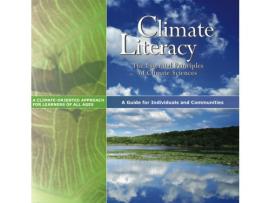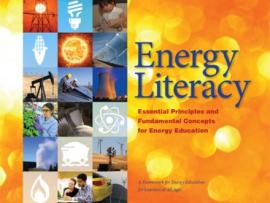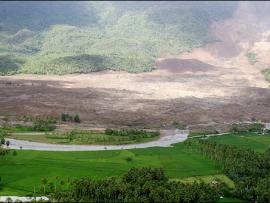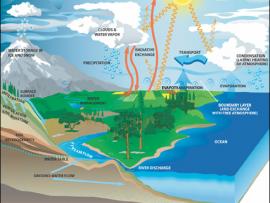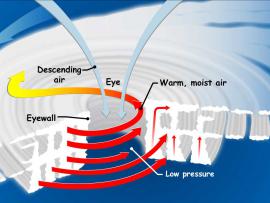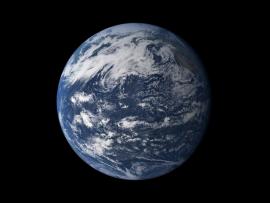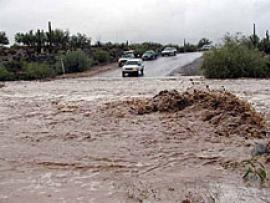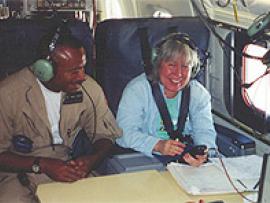Browse Resources
Browse Resources
Primary Topic:
Subtopics:
Type:
Standards:
Keywords:
Summary:
This booklet presents important information for individuals and communities to understand Earth's climate, impacts of climate change, and approaches for adapting and mitigating change.
Primary Topic:
Subtopics:
Type:
Standards:
Keywords:
Summary:
This is a downloadable high-resolution booklet that will give the educator in-depth background information on energy concepts. This booklet is a joint project of the Department of Energy and The American Association for the Advancement of Science (AAAS).
Primary Topic:
Subtopics:
Type:
Keywords:
Summary:
This article explains how NASA scientists use TRMM satellite rainfall data to help predict and prepare for landslides.
Primary Topic:
Subtopics:
Type:
Keywords:
Summary:
This article explains the basics behind the water cycle and includes many good visuals. It provides some good background information about our water cycle as well as providing students with many real-world applications.
Primary Topic:
Subtopics:
Type:
Standards:
Keywords:
Summary:
Satellites can orbit Earth's equator or go over Earth's North and South Poles, or anything in between. They can orbit at a low altitude, or thousands of miles out in space. The choice of orbit all depends on the satellite's job.
Primary Topic:
Subtopics:
Type:
Standards:
Keywords:
Summary:
Hurricanes are the most awesome, violent storms on Earth. People call these storms by other names, such as typhoons or cyclones, depending on where they occur. Whatever they are called, tropical cyclones all form the same way.
Primary Topic:
Subtopics:
Type:
Standards:
Keywords:
Summary:
Water is a vital substance that sets the Earth apart from the rest of the planets in our solar system. In particular, water appears to be a necessary ingredient for the development and nourishment of life.
Primary Topic:
Subtopics:
Type:
Keywords:
Summary:
Faisal Hossain, a civil and environmental engineering professor at Tennessee Technological University, uses NASA satellite data to help Bangladeshi authorities monitor their water resources and prepare for water-related disasters.
Primary Topic:
Subtopics:
Type:
Keywords:
Summary:
This month's NASA Earth Explorer explains what it's like to be face-to-face with one of nature's most powerful storms.
Primary Topic:
Subtopics:
Type:
Keywords:
Summary:
NASA will dispatch two unmanned aircraft equipped with specialized instruments high above tropical cyclones in the Atlantic Ocean basin. These "severe storm sentinels" will investigate the processes that underlie hurricane formation and intensity change.


